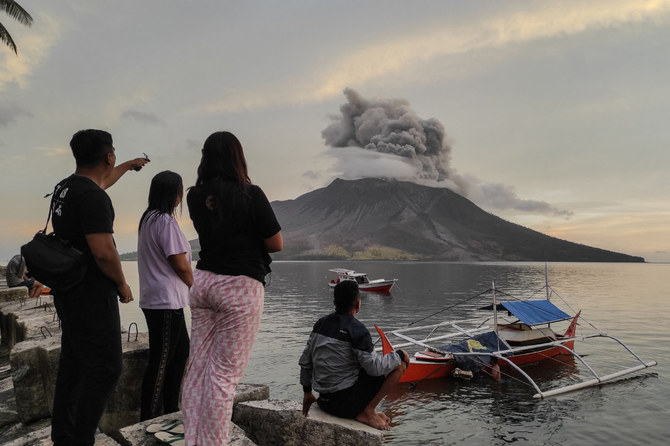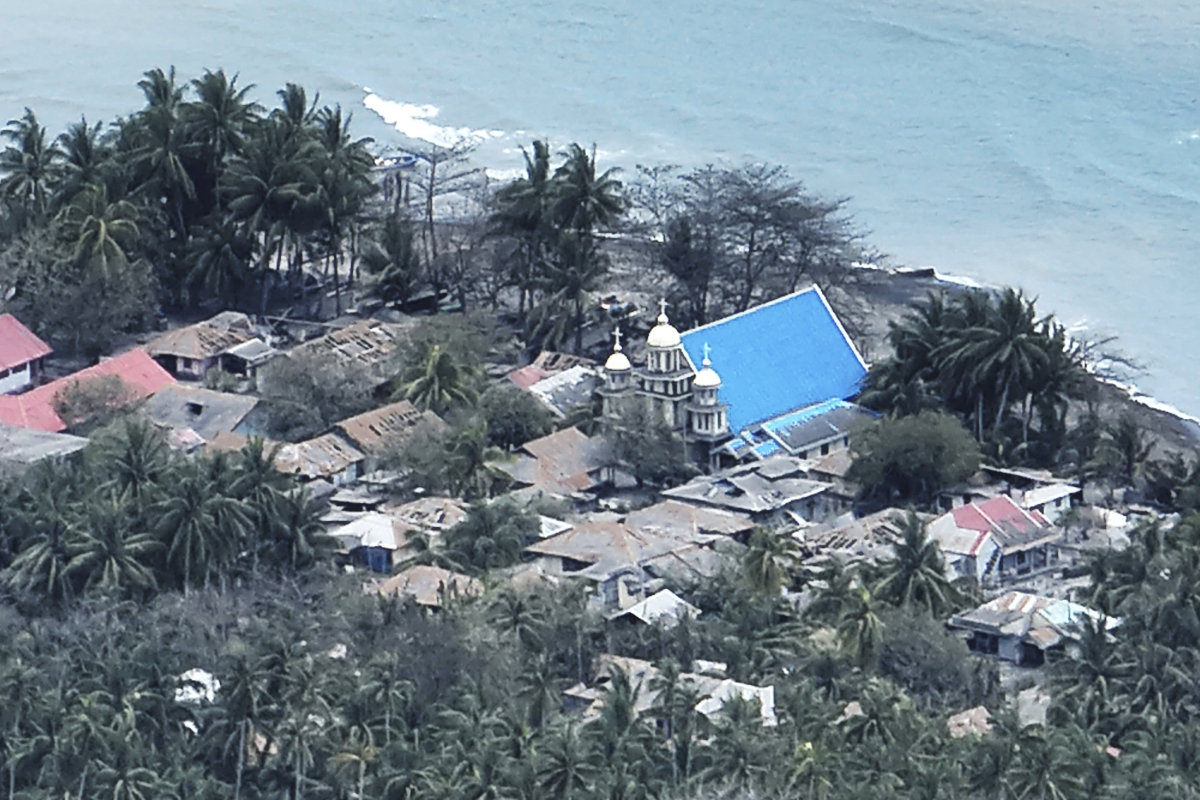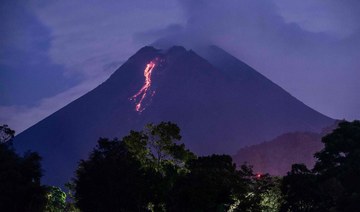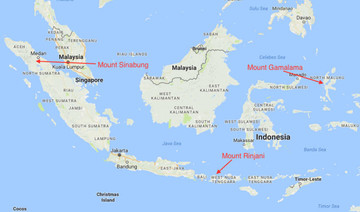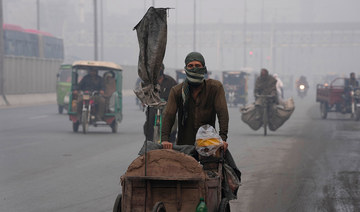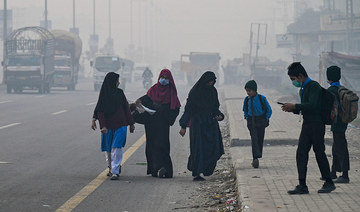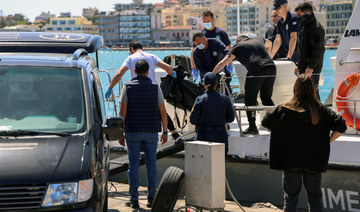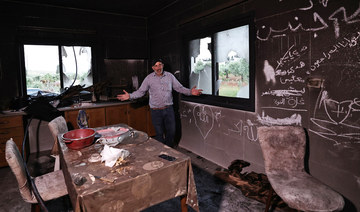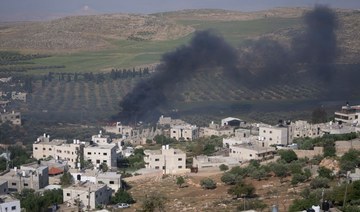LONDON: The coronavirus pandemic has crashed stock markets, ground economies to a halt, and led to unprecedented numbers of people and businesses seeking government assistance, especially in the West.
But in one area, perhaps understandably, it has led to something of an explosion in terms of progress.
That area is vaccine development, where the discovery, testing and mass production of a solution to the pandemic have become both an essential solution to the crisis and something of a medical gold rush.
Under normal circumstances, vaccines can take 10 years to produce. It is a difficult, lengthy process, costing hundreds of millions of dollars, which is usually dependent on demand for the vaccine in question.
There are all manner of factors to be taken into account — everything from relative effectiveness to side effects and production costs.
An ailment that affects more people, or that has a greater chance of having a vaccine found, is more likely to receive the funding it needs because it is more profitable.
Meanwhile, a vaccine that protects against a certain ailment but carries the risk of significant negative side effects is not exactly a cure. But COVID-19 is a different beast — the sheer scale of the economic damage it has wrought makes finding a vaccine of the utmost importance.
Elissa Prichep, the precision medicine lead at the World Economic Forum, said given the pressing need, a vaccine for COVID-19 could be developed in 12-18 months — a vast tract of time for those living under lockdown, but lightening quick in the medical world.
The international community has, according to her, been working together “like never before” on producing a COVID-19 vaccine.
“Around Jan. 10, Chinese scientists developed and shared a full genetic sequence of SARS-Cov2, the virus that causes COVID-19,” said Prichep.
“Several companies are using this information to develop vaccines that will contain a small amount of genetic code. Certain cells in the body will take up this genetic information and produce elements of the virus, not infecting the person but triggering the immune system to respond,” she added.
“DNA- or RNA-based vaccines are not made with a weakened or deactivated virus, nor elements of the virus, so they can be produced in the lab. This approach is faster and more reliable than traditional vaccine processing, which uses virus grown in eggs or cell cultures.
“For example, Moderna, in collaboration with the National Institute of Allergy and Infectious Disease in the US, developed the first COVID-19 vaccine in clinical trials using a genetic platform called messenger RNA (mRNA). It took only 42 days to move from vaccine design to human testing — an industry record.”
However, we remain some way off developing a safe human vaccine. That said, the precedent set by the international community in tackling COVID-19 could be the blueprint for expediting vaccine development in future.
“A rush to market without appropriate testing could put healthy people at risk. One area of risk is vaccine enhancement, meaning the disease is more harmful to a vaccinated person,” said Prichep.
“The clinical trial process typically involves several phases, including randomized, double blind, placebo-controlled studies, and takes approximately 10 years, but governments and industry are making efforts to expedite the process. If manufacturing begins during trials, then a vaccine will be available to the public upon approval,” she added.
“To mitigate this risk and encourage manufacturing, governments, industry and international organizations are working together. The innovative and cooperative approach taken for this vaccine could change how scientists develop future ones. This could make discovery faster, production more reliable, and vaccines potentially more cost effective.”









